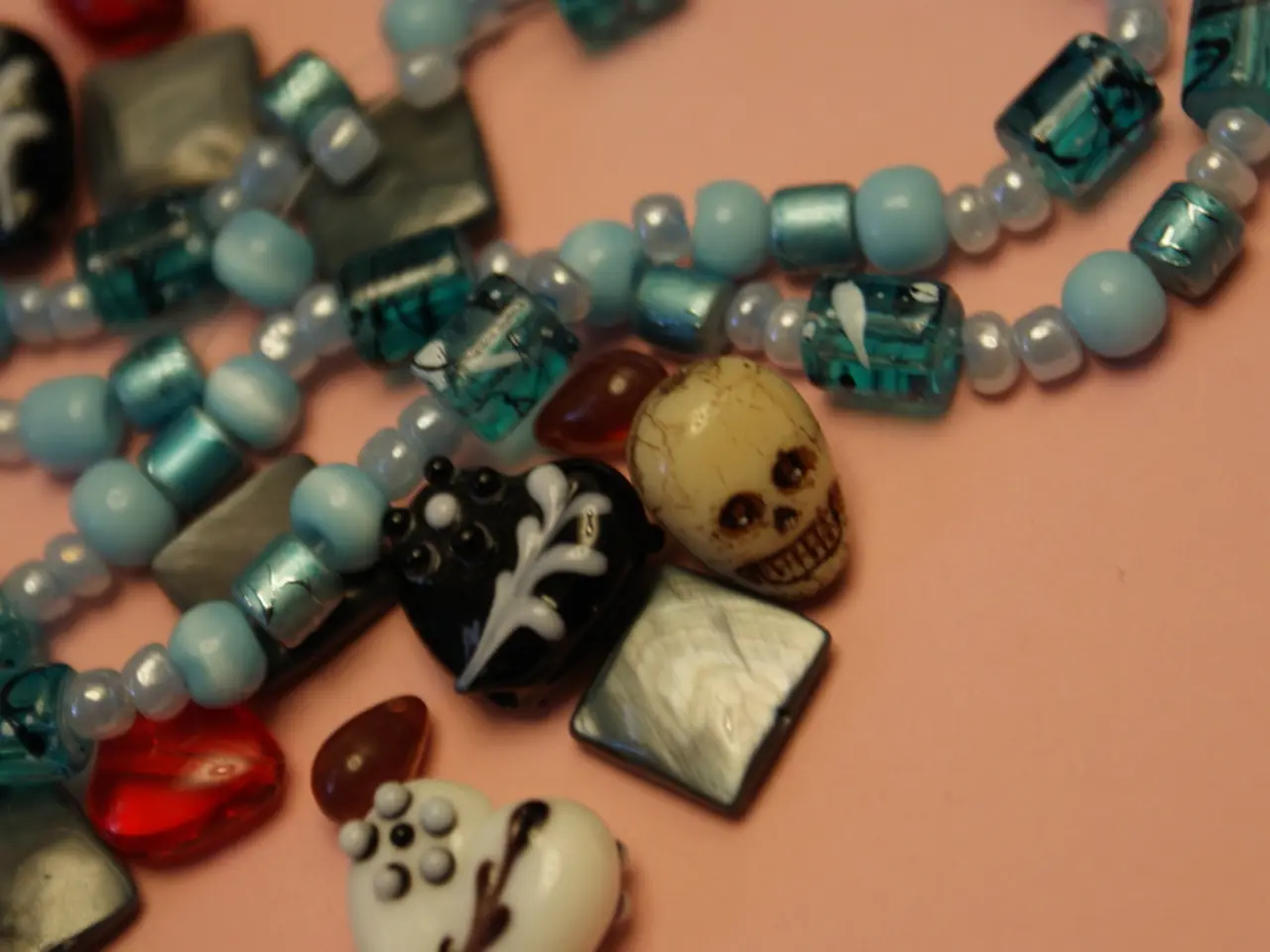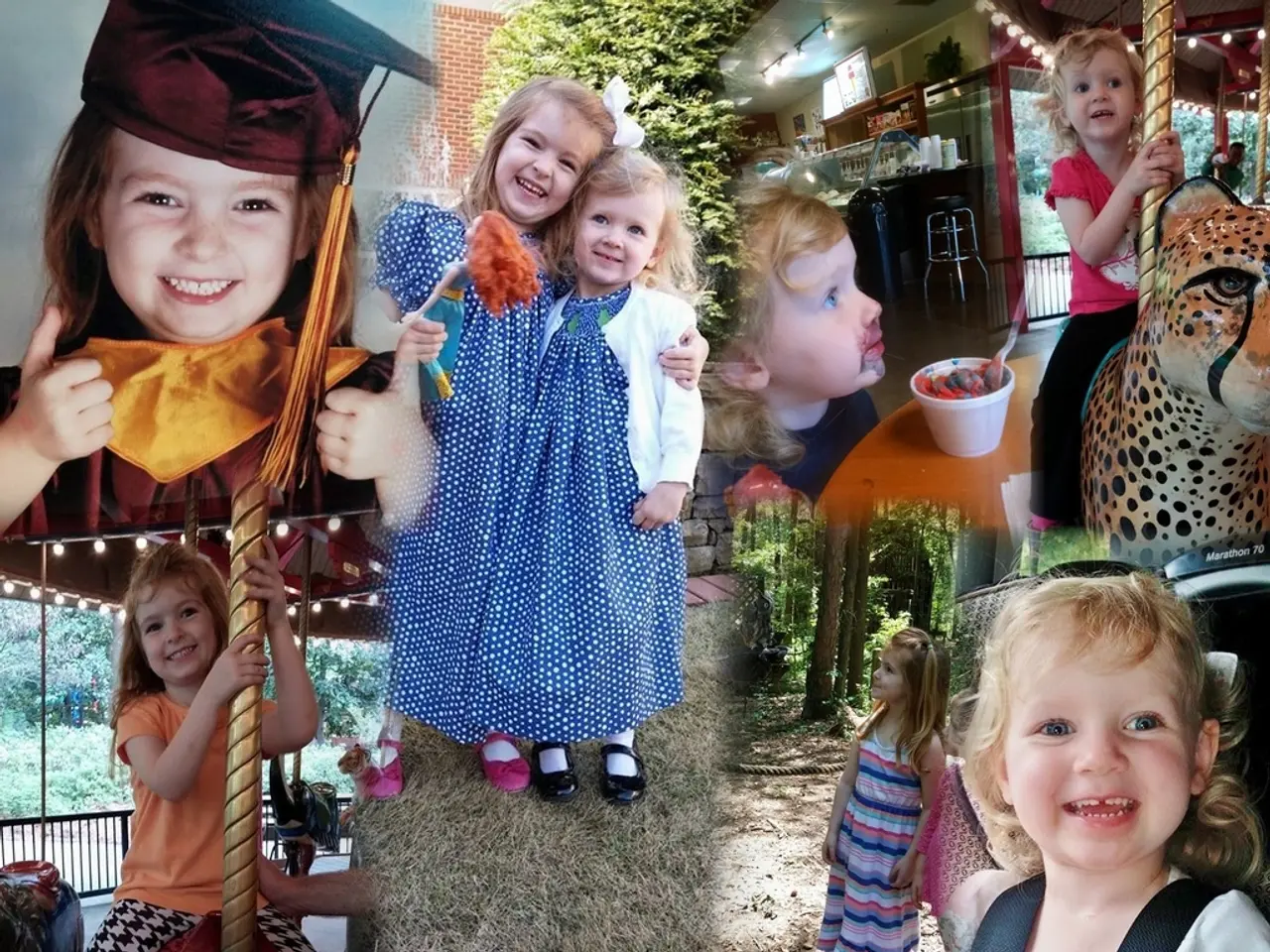Identifying Antique Edwardian Jewelry: A Guide
Edwardian jewelry, a captivating fusion of femininity and regal charm, emerged during the reign of King Edward VII, roughly spanning from 1901 to 1915. This exquisite era in jewelry design is defined by several distinct characteristics, materials, and popular motifs that reflect the elegance and craftsmanship of the time.
Characteristics
Edwardian jewelry is renowned for its delicate and intricate craftsmanship. Light, airy, and refined designs with a lace-like appearance are characteristic of this era. The designs often feature flowing lines that complement the fashion of the time, aiming for grace and femininity. Fine detailing techniques such as filigree and milgrain edges are commonly used to add softness and texture. Some pieces include movable parts, adding a dynamic quality, and the jewelry was designed to move gracefully with the flowing gowns worn during this period.
Materials
The preferred metal in Edwardian jewelry is platinum, celebrated for its strength and ability to form delicate designs, giving Edwardian pieces their characteristic fine and intricate look. Precious stones, particularly diamonds, dominate this era, often used in traditional cuts, and pearls are frequently paired with diamonds for added elegance. Other gemstones such as sapphires also appear, usually in subtle and sophisticated palettes rather than vibrant contrasts.
Popular Motifs
Floral and nature-inspired motifs, such as flowers, leaves, garlands, wreaths, laurels, and vines, symbolize romance and natural beauty. Bows and ribbons are recurring romantic motifs representing femininity and grace. Garlands and wreaths reflect the ornate and classical influence present in many designs. Overall, motifs tend to be soft, curvilinear, and feminine, often symbolizing love and elegance.
Summary
| Aspect | Edwardian Jewelry | |------------------|------------------------------------------| | Materials | Platinum, diamonds (traditional cuts), pearls, sapphires | | Craftsmanship| Intricate filigree, milgrain edges, delicate metalwork | | Design Style | Light, airy, lace-like, flowing lines | | Popular Motifs| Bows, garlands, floral patterns, wreaths | | Color Palette| Soft, subtle, elegant | | Influence | Victorian romanticism, classical elegance |
Additional Notes
Edwardian jewelry contrasts with the later Art Deco style, which is bolder, geometric, and features colorful contrasting stones. Renowned jewelers of the Edwardian era include Cartier, Tiffany & Co., Boucheron, Van Cleef & Arpels, and Fabergé, known for their detailed and finely crafted pieces in this aesthetic.
This style is celebrated for its timeless sophistication, blending femininity with regal charm, making it highly collectible today. Synthetic sapphire and ruby calibré appeared in late Edwardian pieces, and Queen Alexandra was a fan of the 'dog collar' plaque style necklace. Delicate scrolls, leaves, ribbon bows, hearts, circles, swooping swags, and veil-like twinkling jewellery were common motifs in Edwardian jewellery. Pearls were second in popularity to diamonds during the Edwardian era and were often used in open work designs with articulating drops.
After World War I, the flowing movement of Edwardian jewellery eventually blended into and was lost to the geometrical, static, anticlassical, architectural style of the Art Deco era.
[1] Cartier - The King of Jewellers, The Jeweller of Kings [2] Tiffany & Co. Timeline [3] Boucheron History [4] Van Cleef & Arpels History [5] Fabergé History
- Gemmology workshops and courses often delve into the history of Edwardian jewelry, exploring its intricate designs and materials.
- The science of gemmology offers explanations for the plethora of precious stones used in Edwardian jewelry, such as diamonds, pearls, and sapphires.
- Publications on jewelry design and fashion history often feature sections on Edwardian jewelry, highlighting its distinctive characteristics and rise to popularity during King Edward VII's reign.
- In the realm of finance, investments in Edwardian jewelry have shown steady growth, given its timeless elegance and collectibility.
- Lifestyle magazines frequently showcase Edwardian jewelry pieces, demonstrating how they can be elegantly incorporated into modern wardrobes, making a statement in fashion-and-beauty.
- Food-and-drink guides may recommend pairing Edwardian jewelry with particular outfits for high-profile events, such as black-tie occasions or gallery openings.
- Home-and-garden shows may feature Edwardian jewelry displays, blending them harmoniously with the classical and Victorian-inspired décor often found in these settings.
- Technology advancements have enabled high-definition pictures and videos of Edwardian jewelry, providing enthusiasts with a closer look at the intricate detailing and craftsmanship that makes these pieces so unique and captivating.
- Travel guides to European cities, such as London, Paris, or Geneva, often recommend visiting jewelry stores or museums to view exquisite Edwardian jewelry pieces, adding an air of luxury and sophistication to a trip in entertainment, casino-and-gambling, or education-and-self-development.




